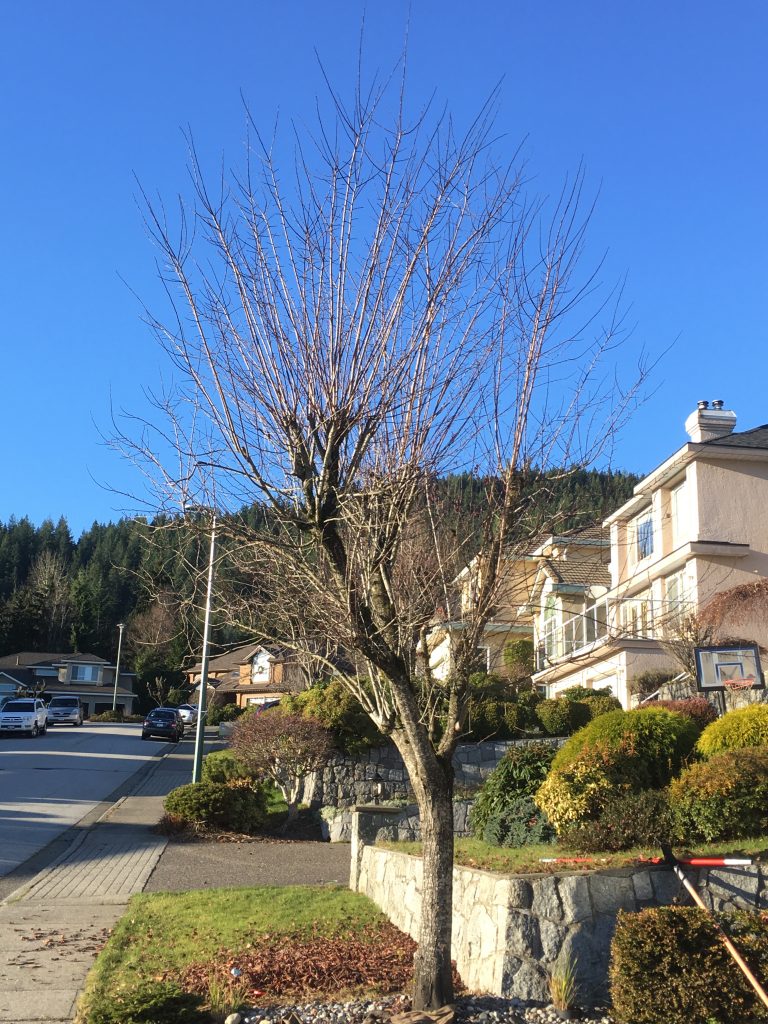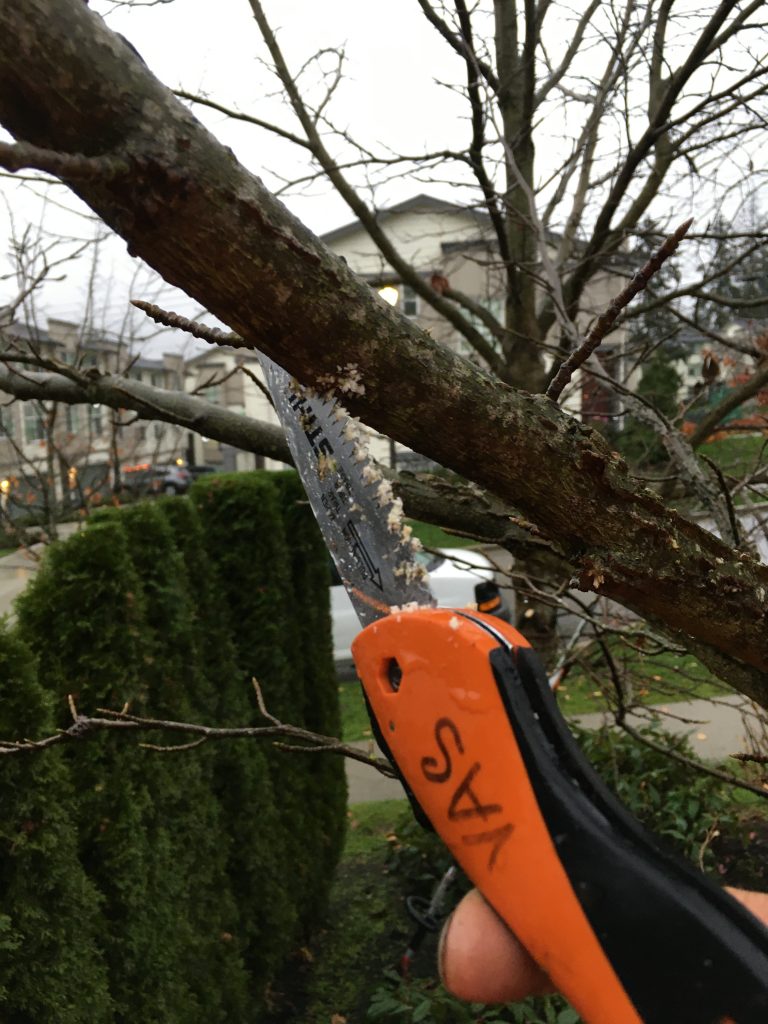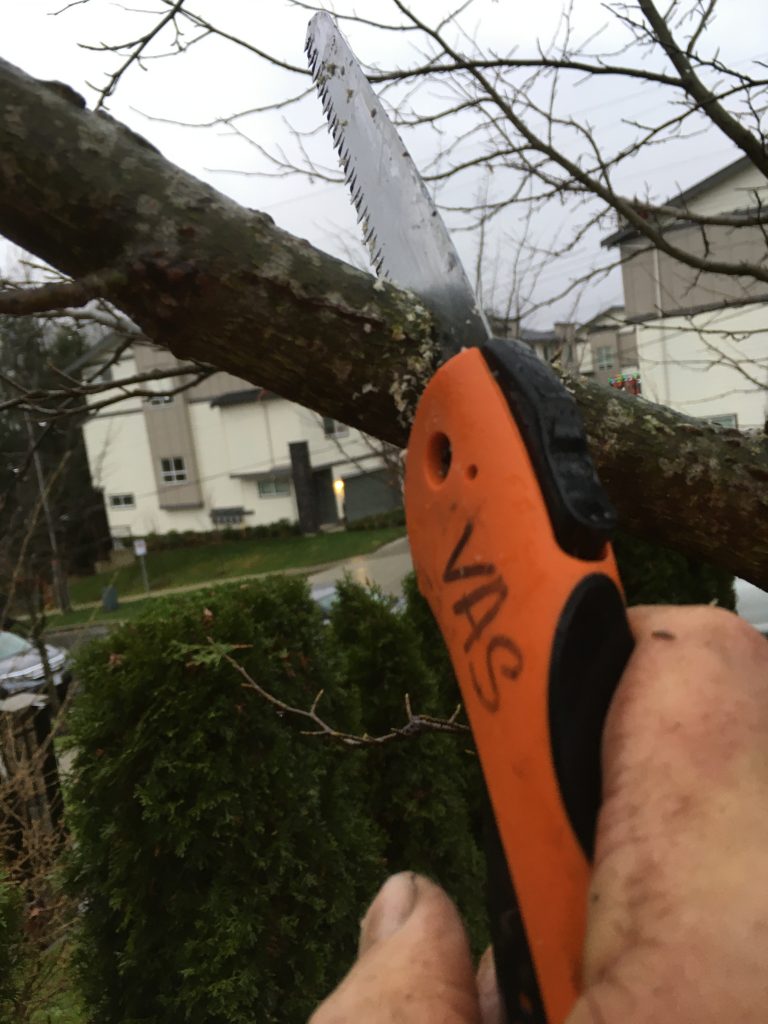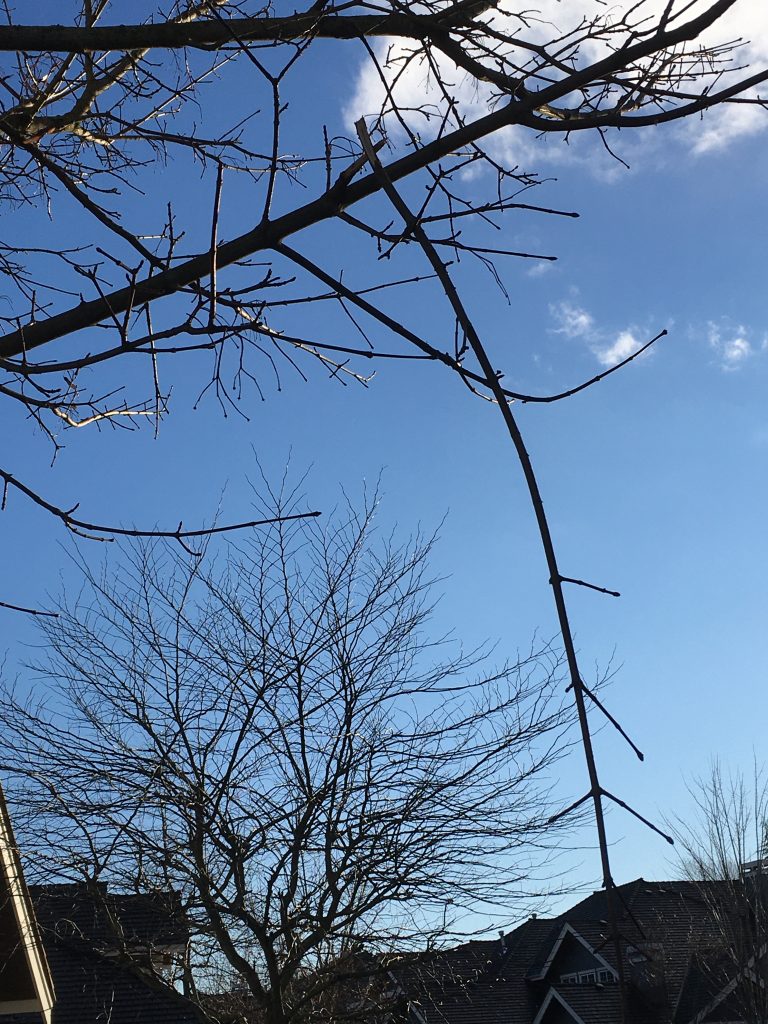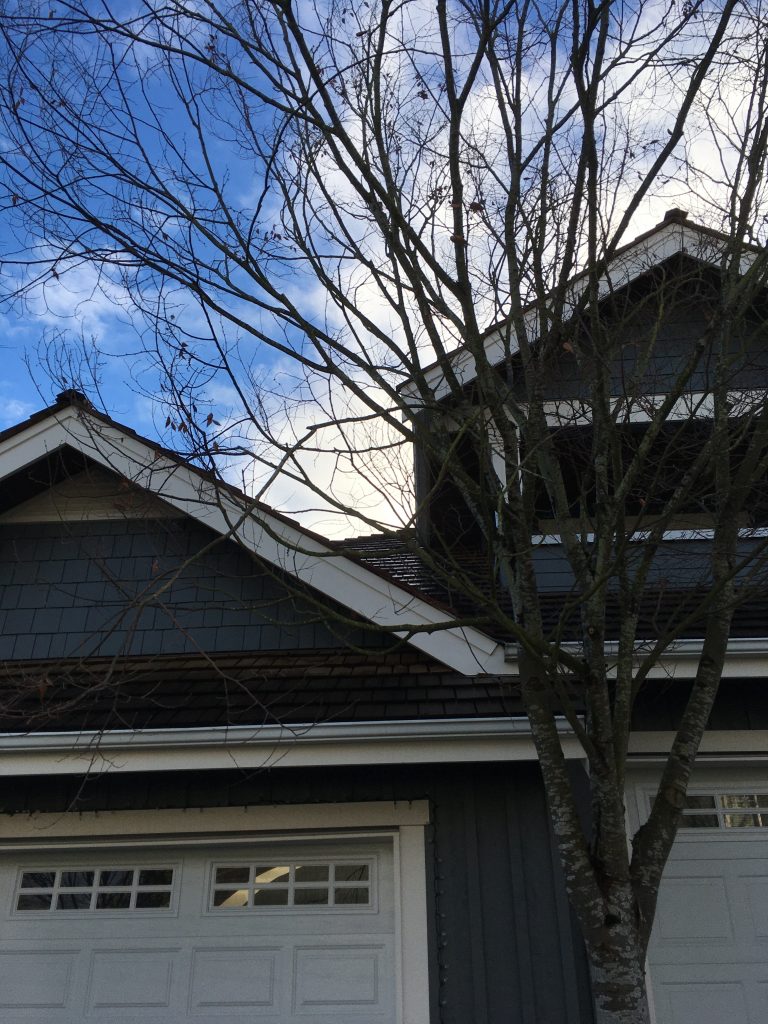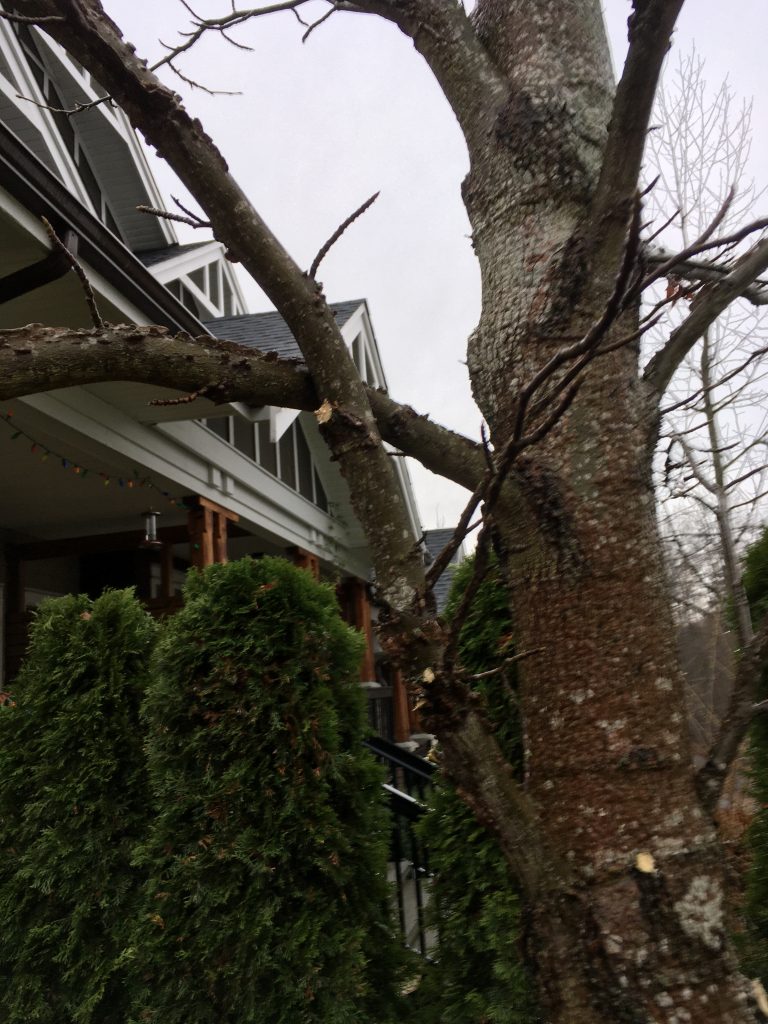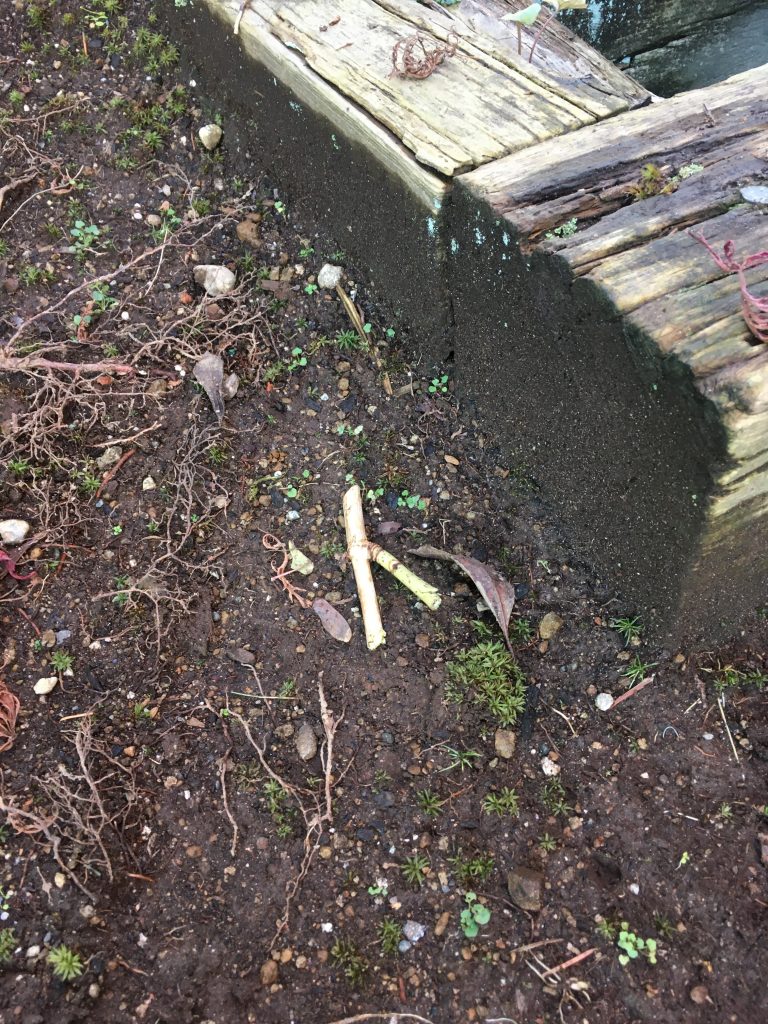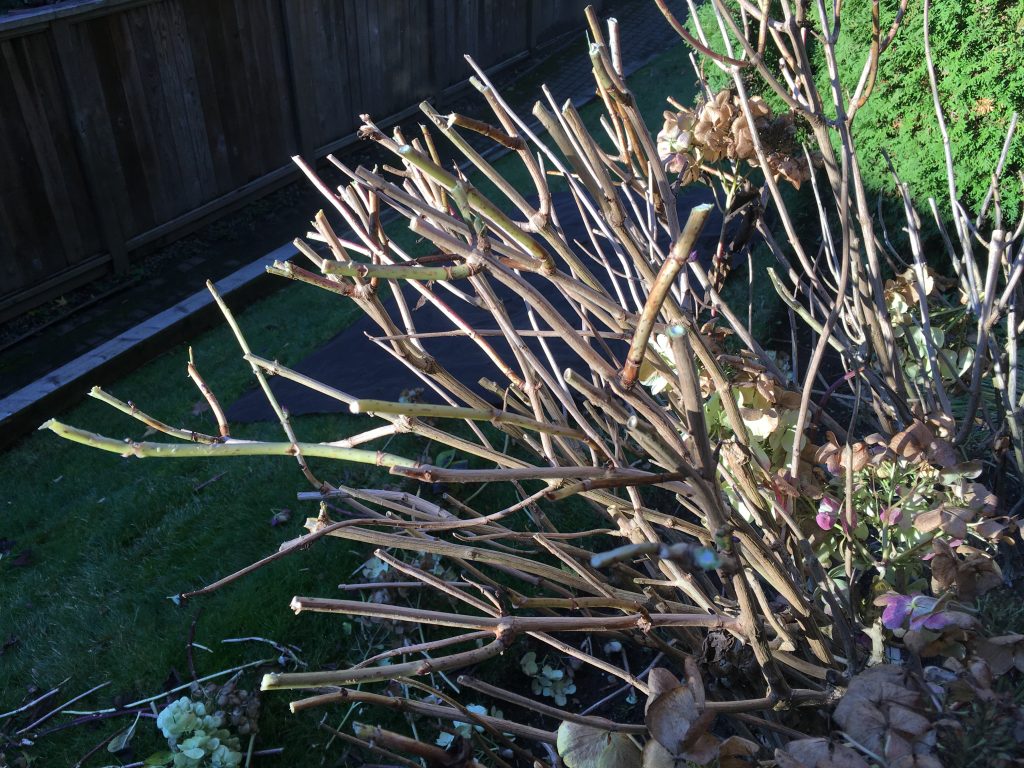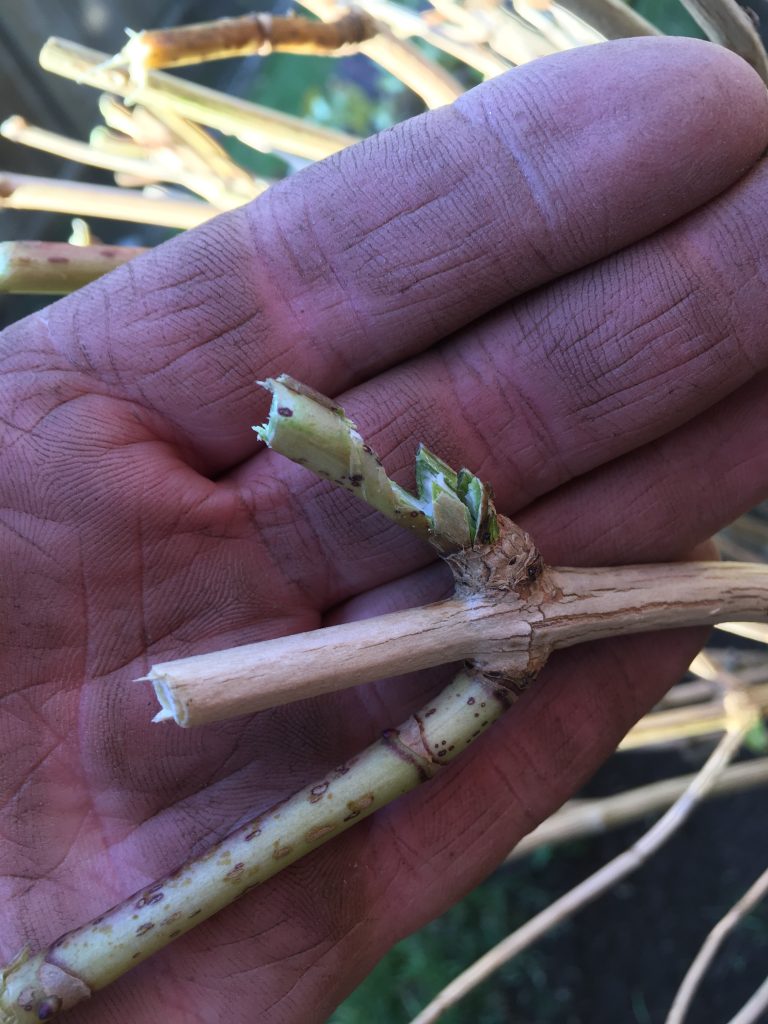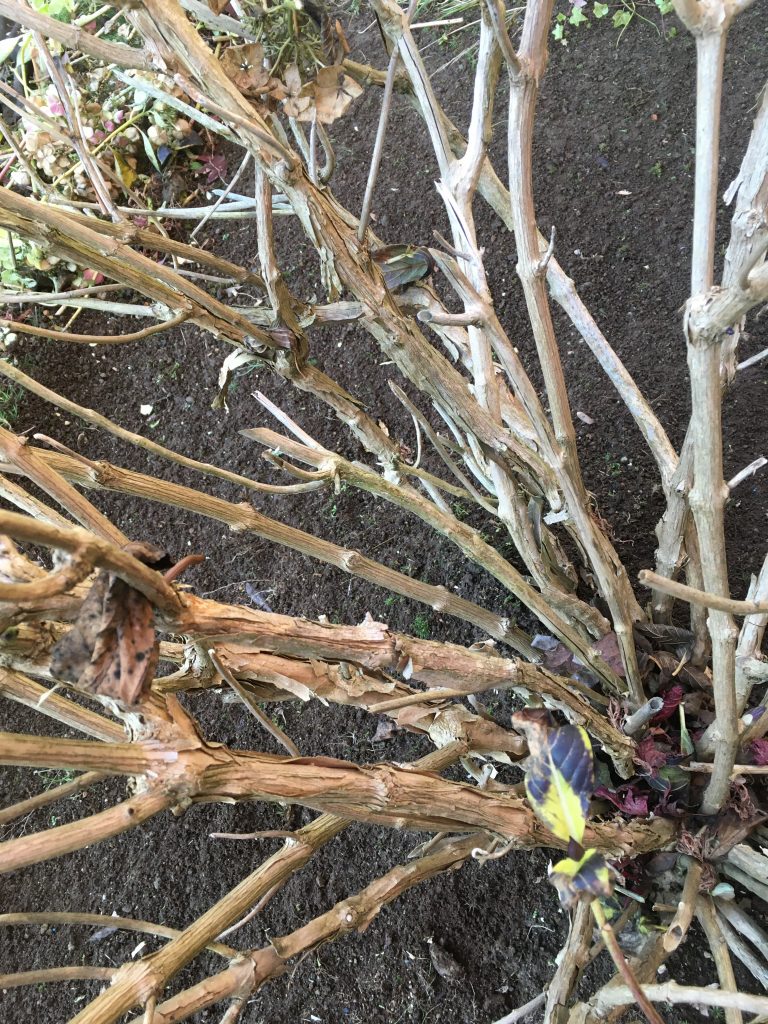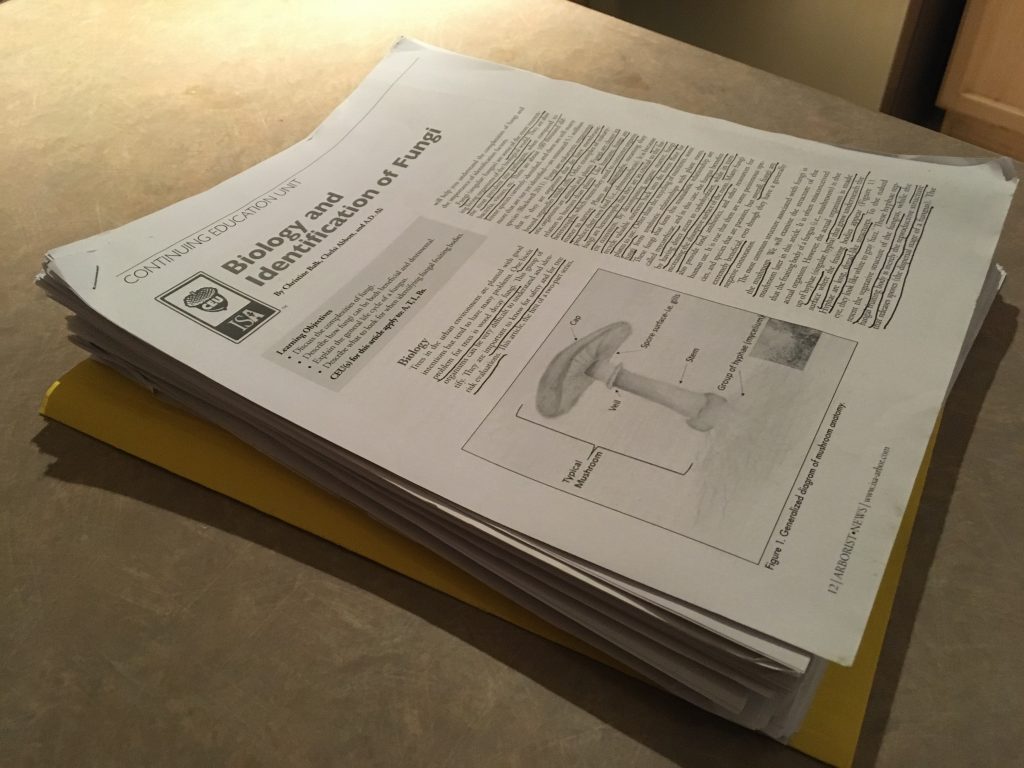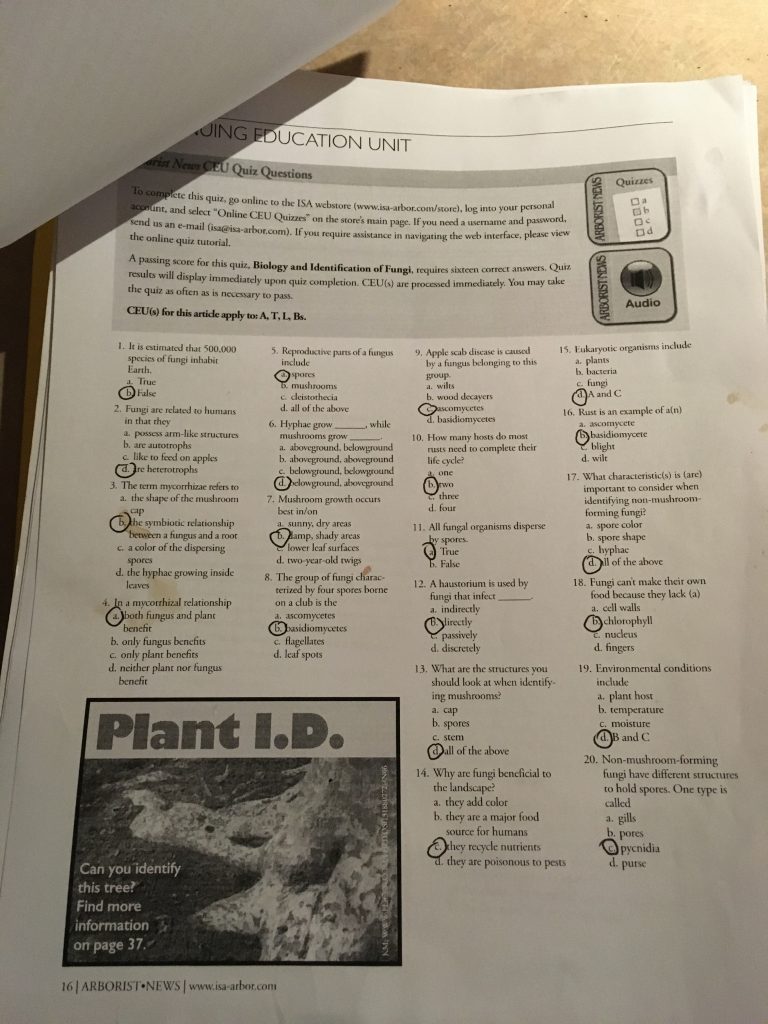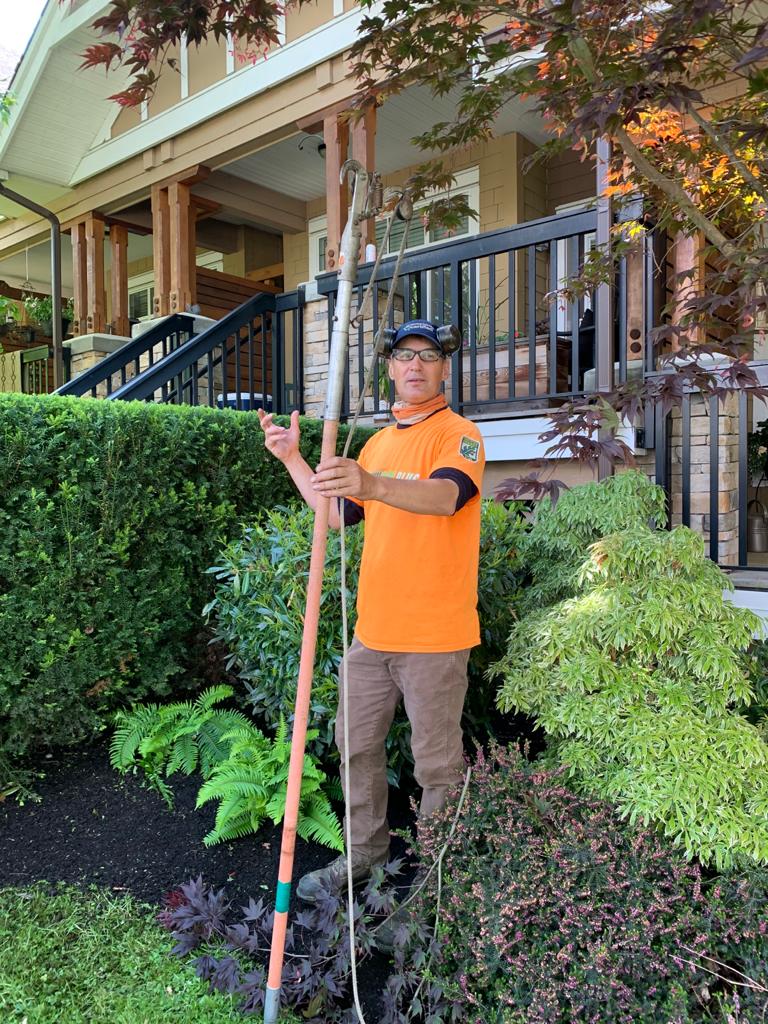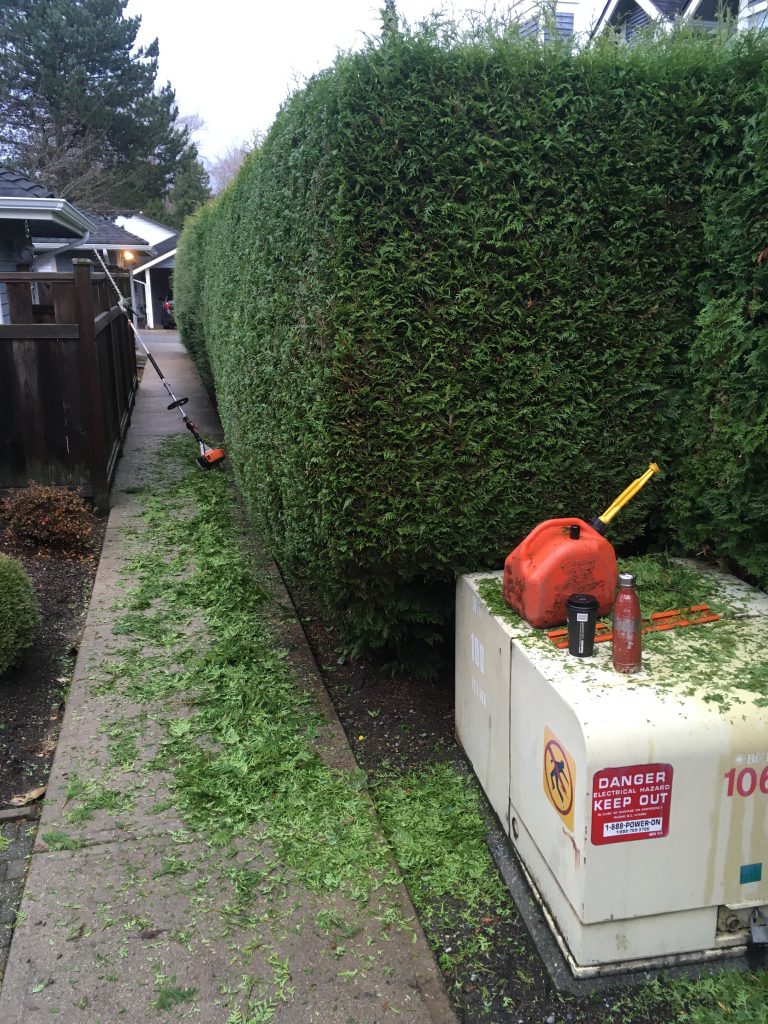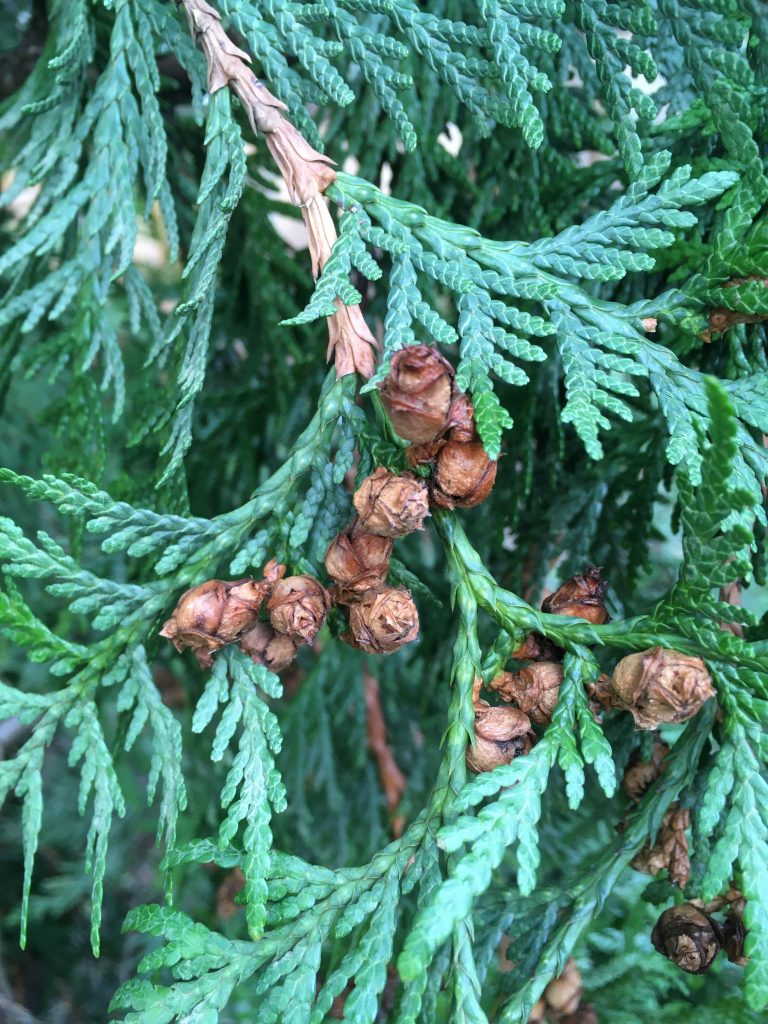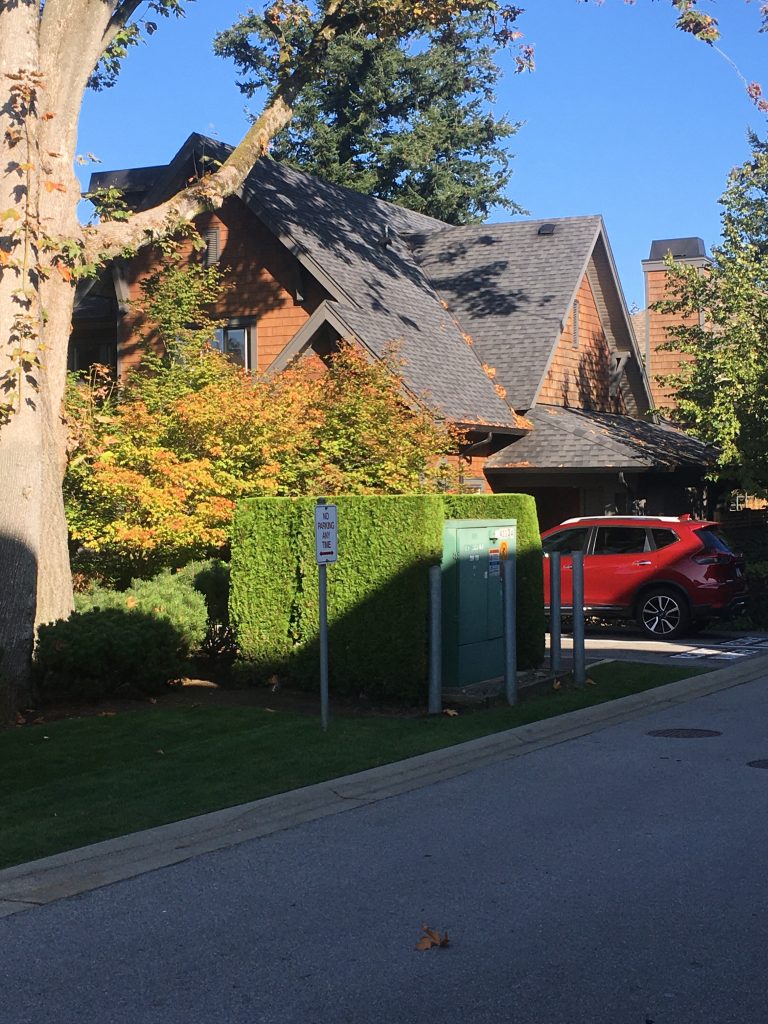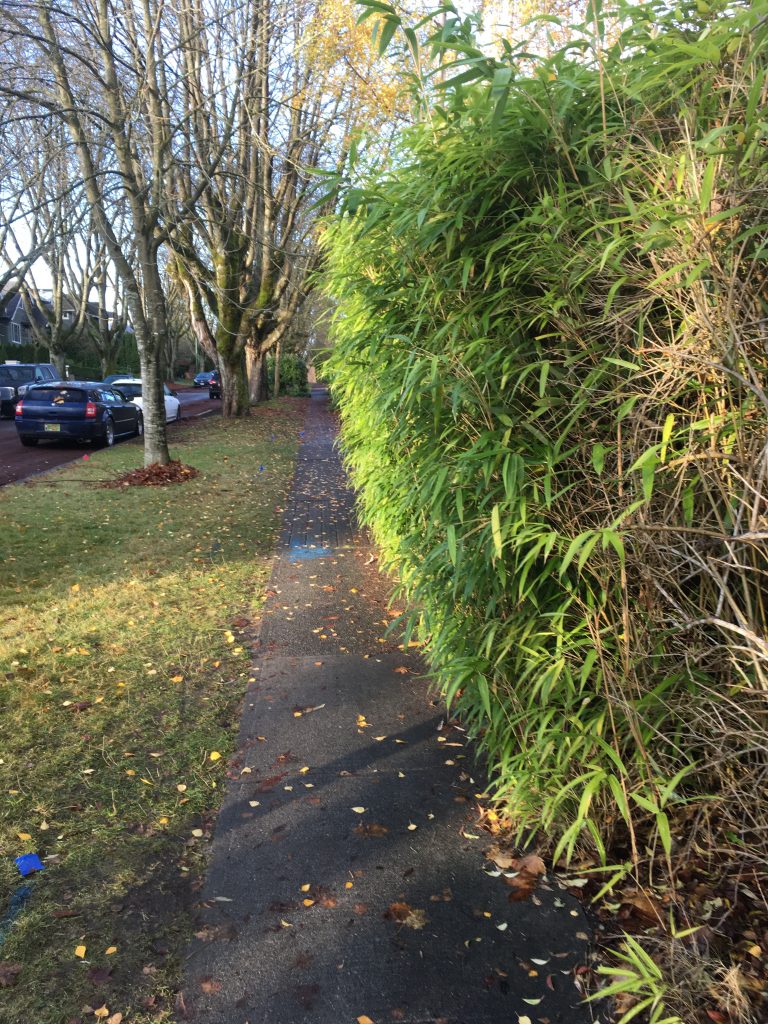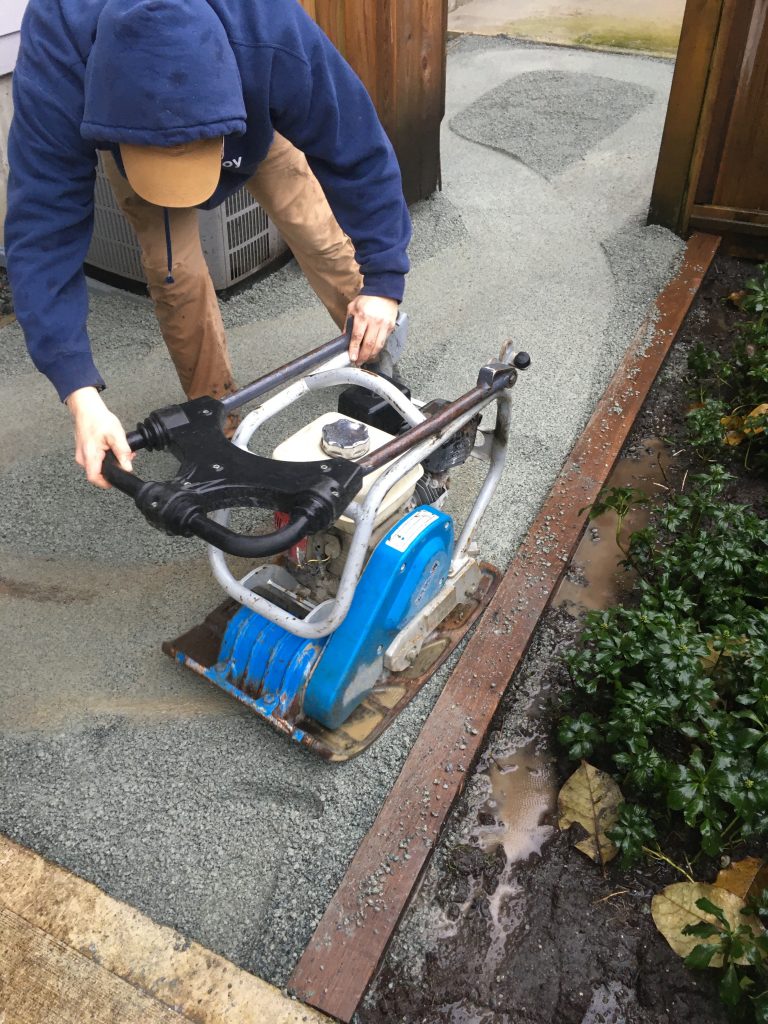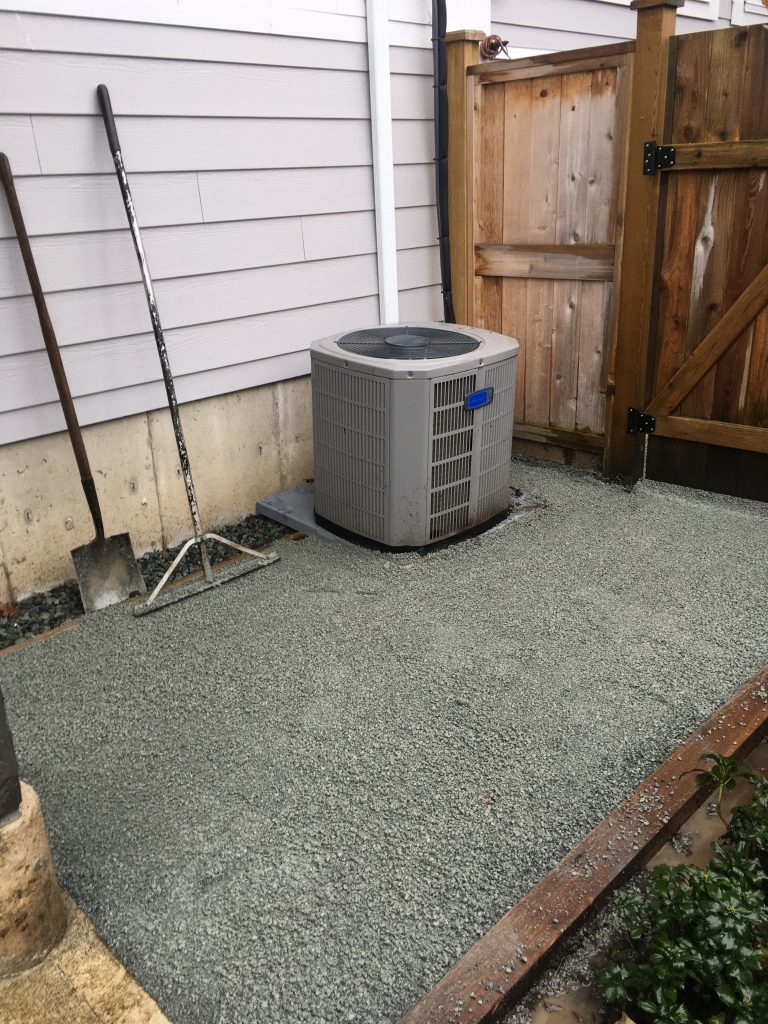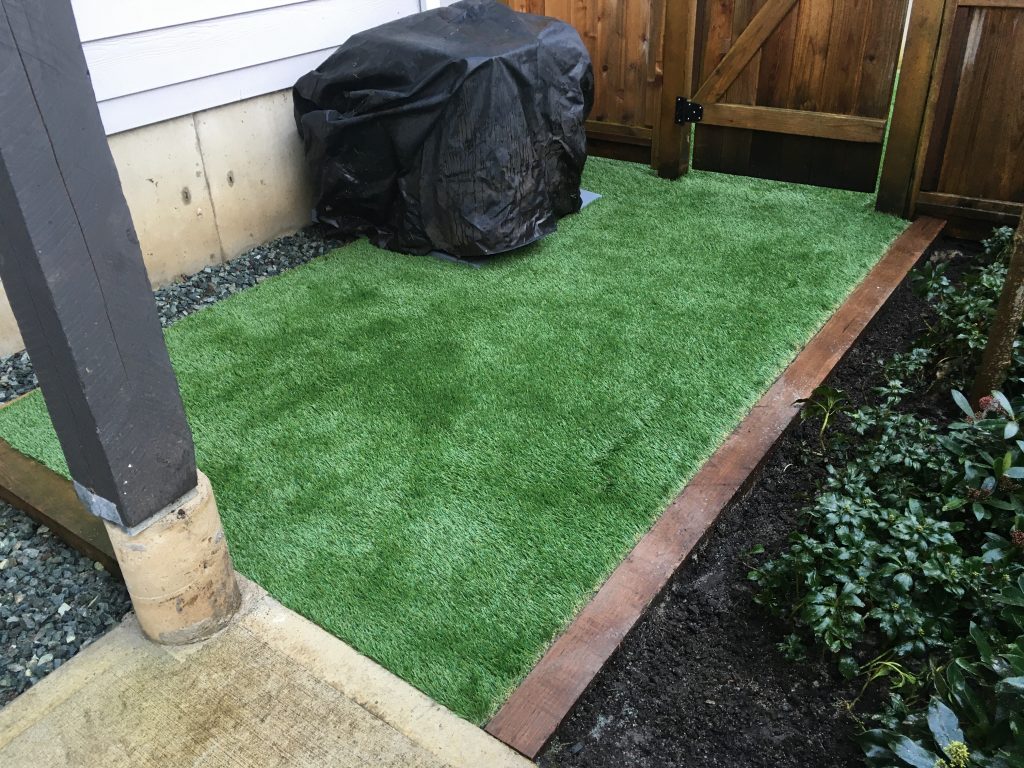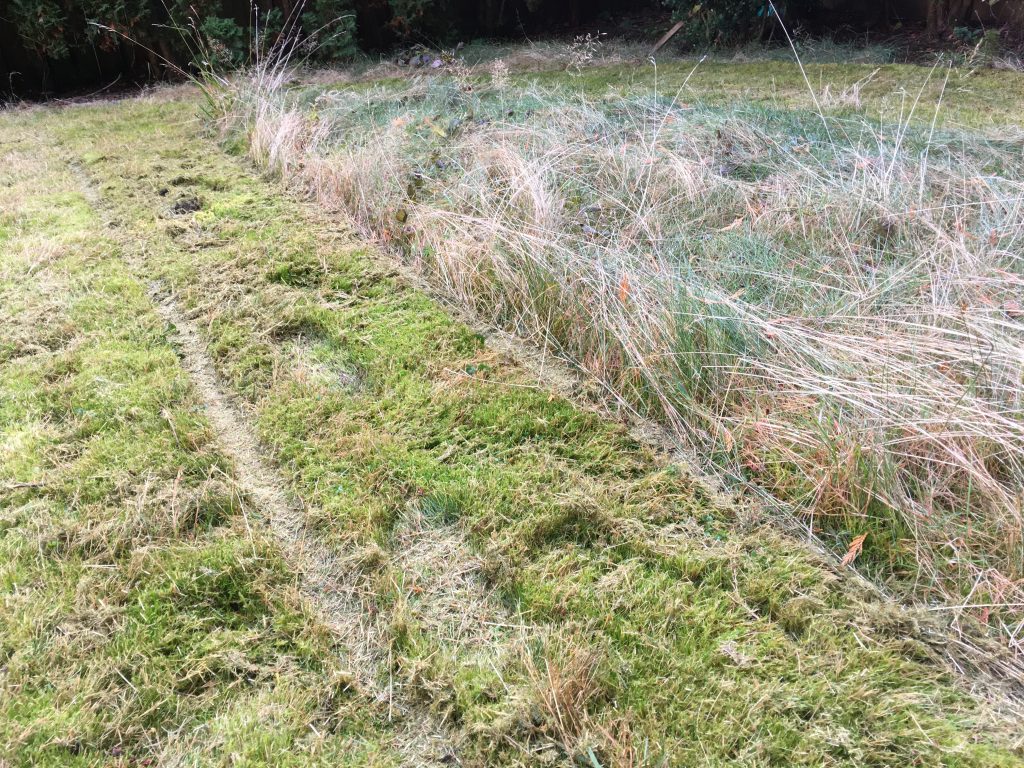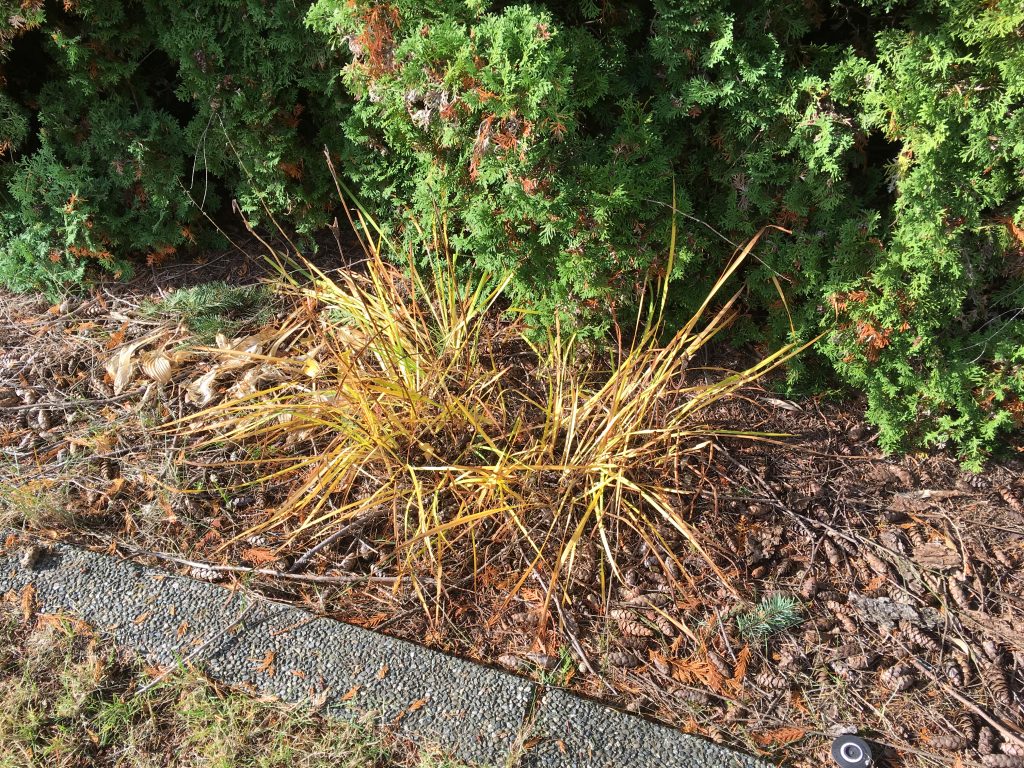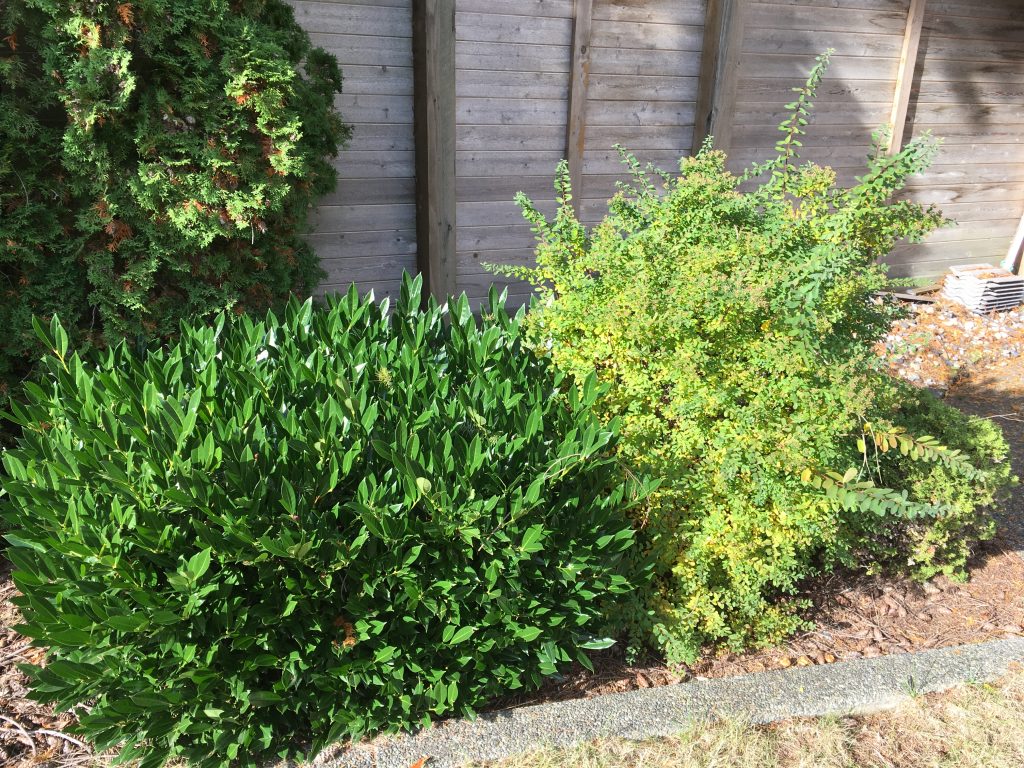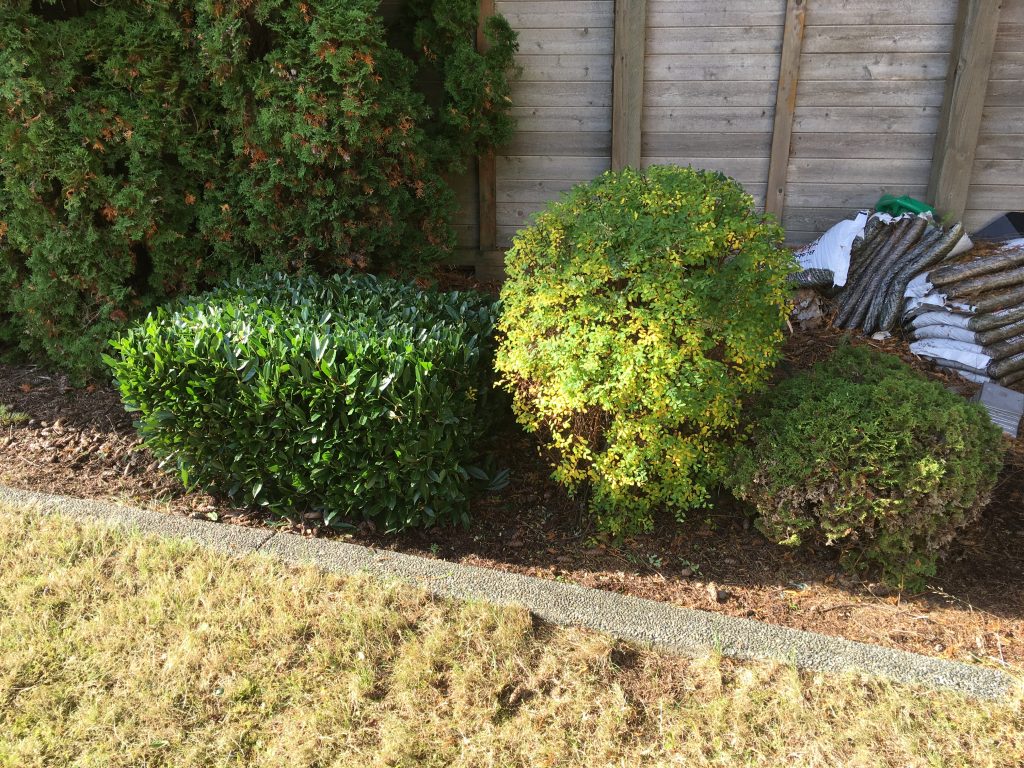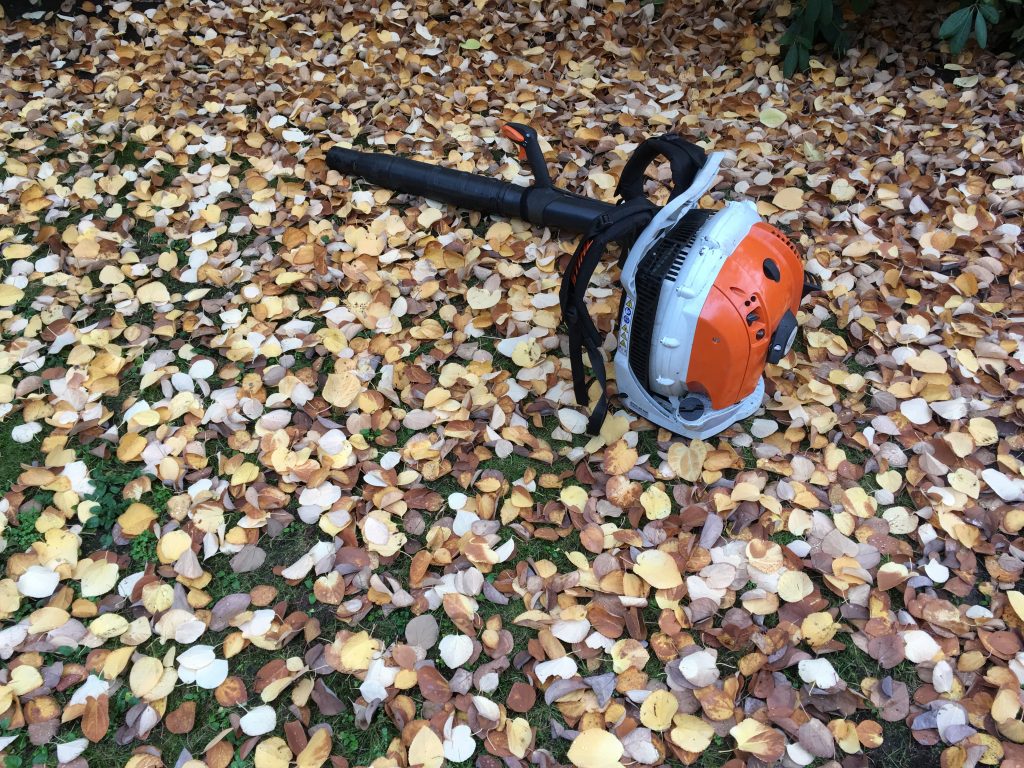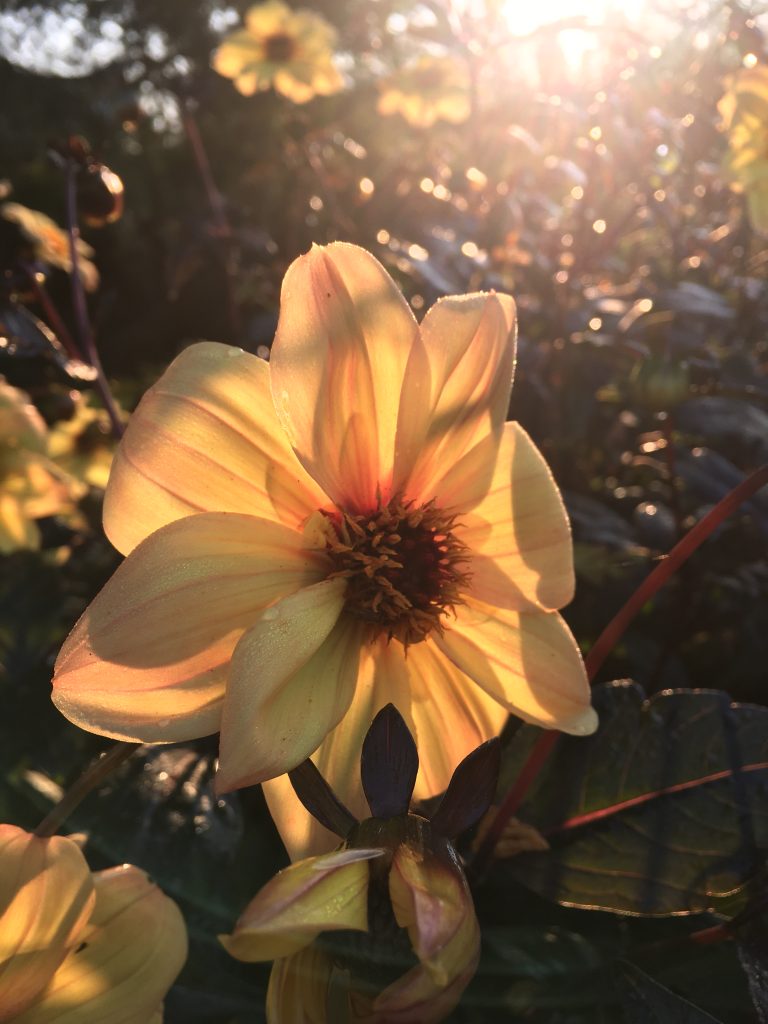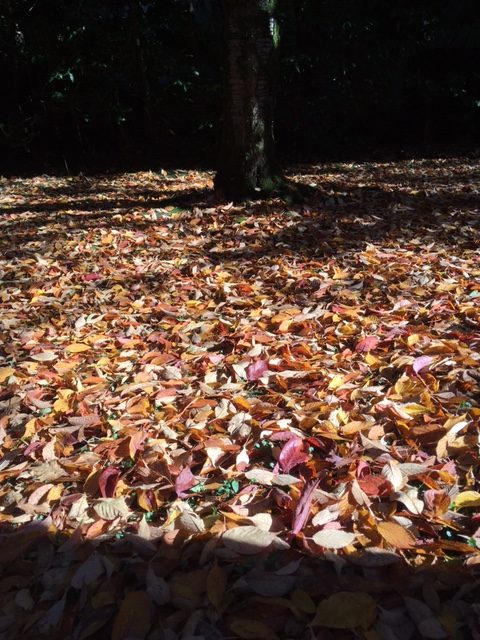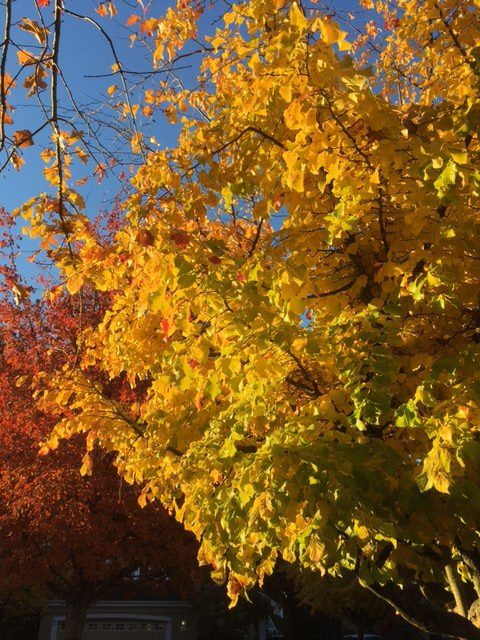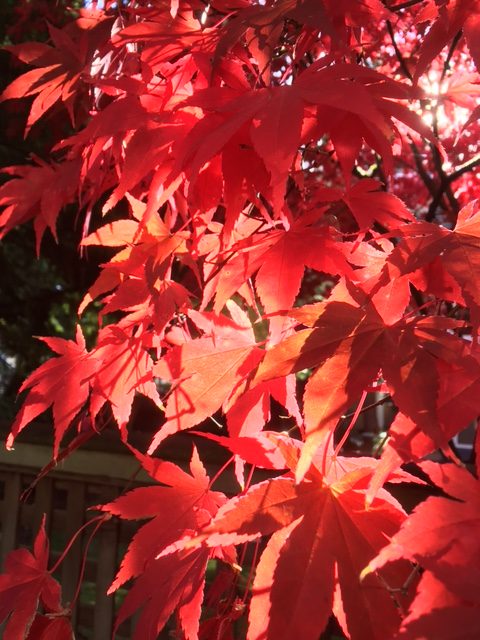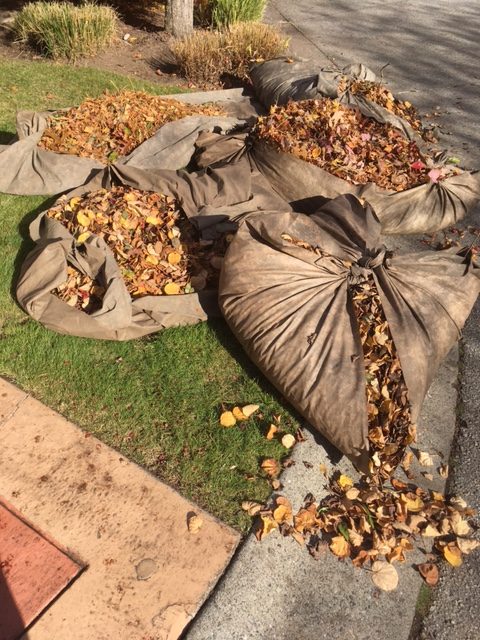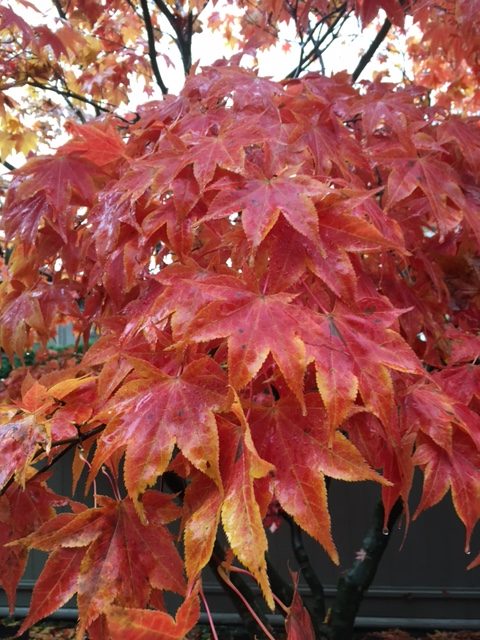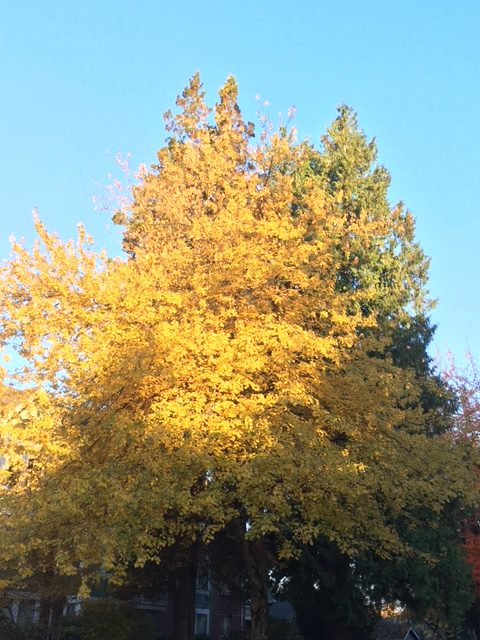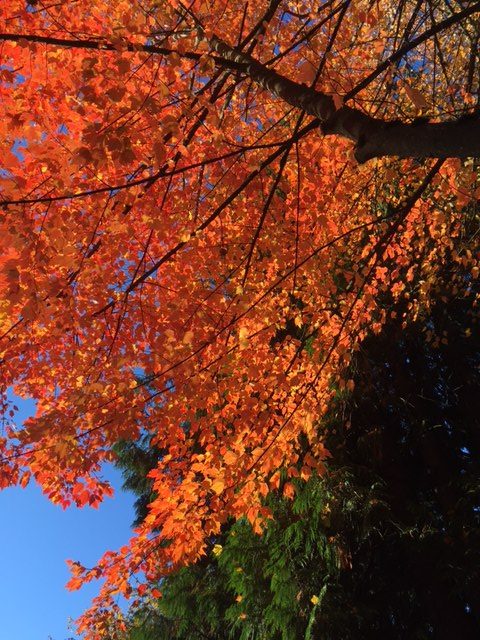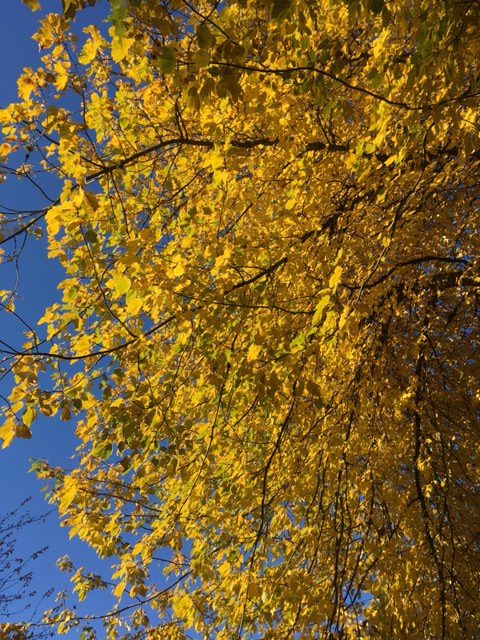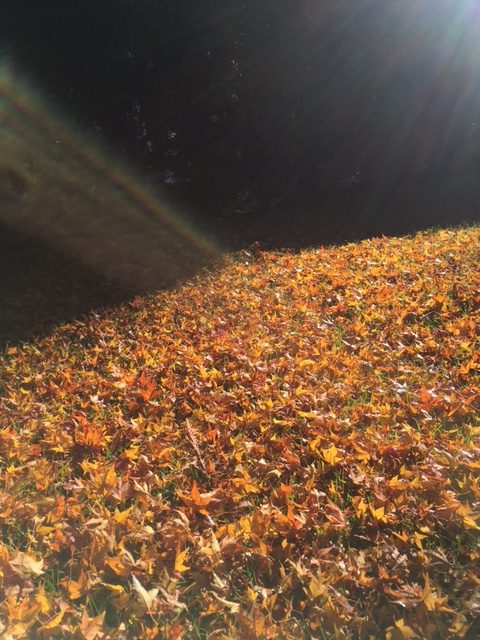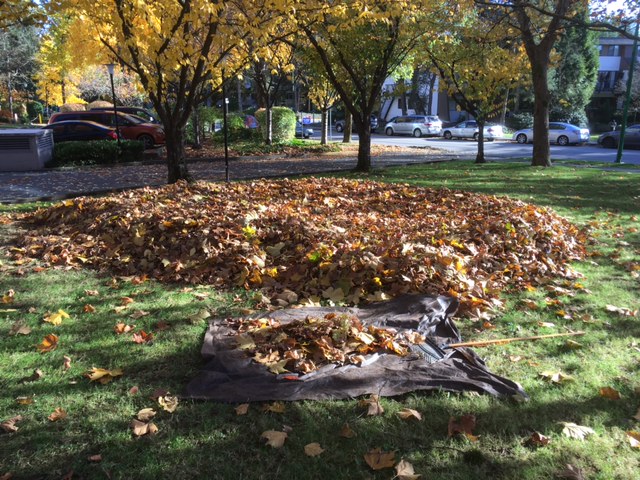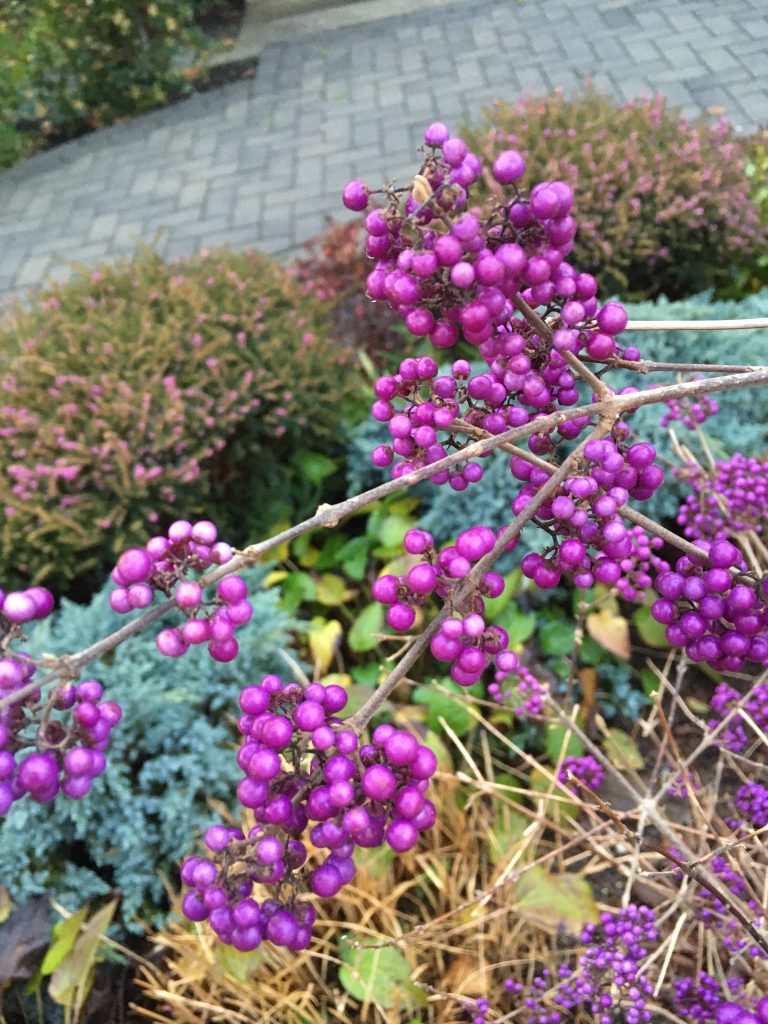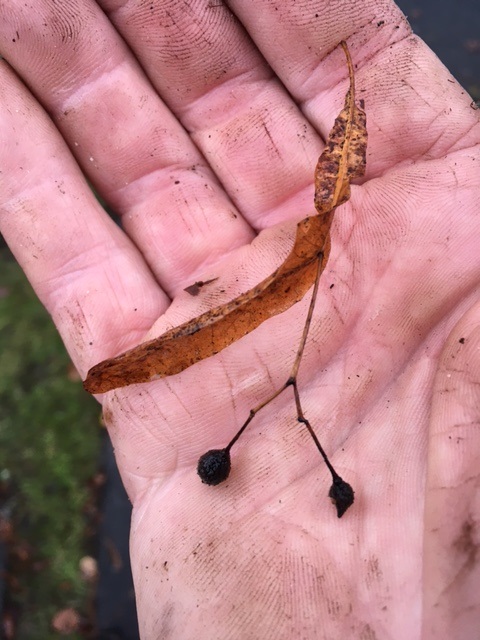You can do it!
Planting spring bulbs in fall is easy and it doesn’t take much. Just get some bulbs, find a pot or planted bed, and find a garden trowel. Then you just need faith that the bulbs will come up in spring.
Let’s see how Red Seal Vas planted daffodils in his patio pot in minutes.
Shopping
First you need to buy bulbs you like. I love to shop online at West Coast Seeds. They have great products at great prices, and they’re local. Considering COVID-19 problems and the store’s distance from my home, online shopping was a no-brainer, even with shipping charges.
Buy whatever you like. I like daffodils because they last for several seasons and can even be naturalized in planted beds. For this blog, I purchased cupped narcissi because I liked the look. Deer resistance is a nice bonus but I’m not expecting to see deer on my second floor patio.
The beauty of planting spring bulbs is that you can experiment every season. Change things up.
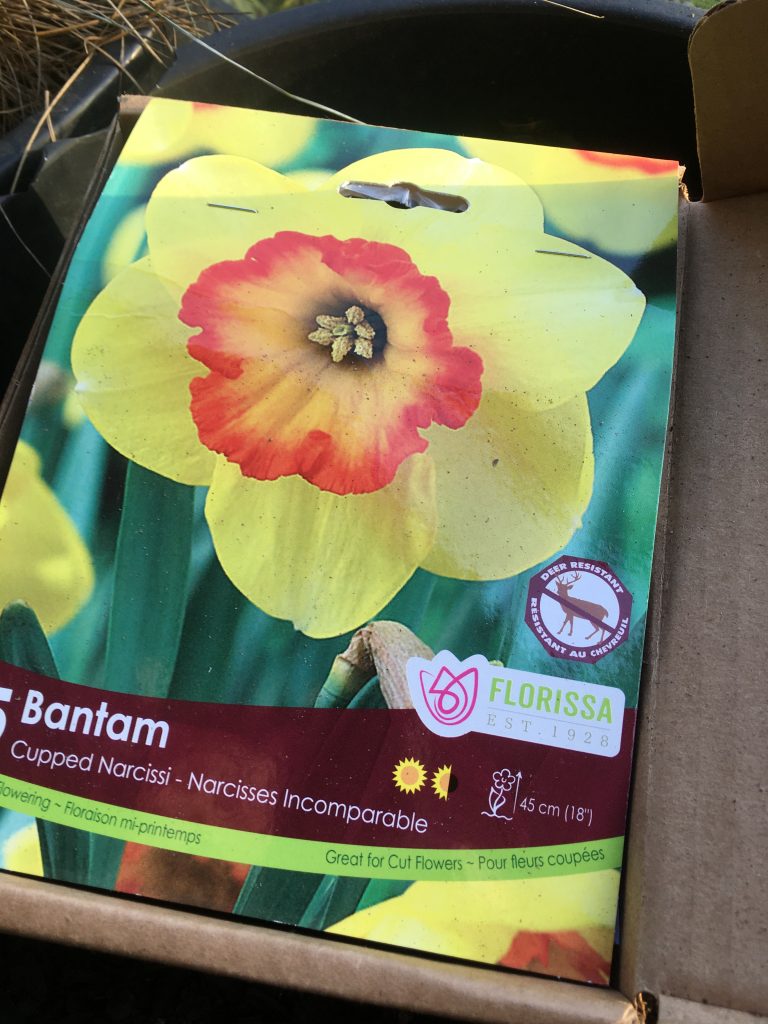
Planting
Normally late November on the West Coast is ideal for planting spring bulbs. I planted my daffodils today (December 12, 2020) because I’ve been busy. But don’t worry: the rule is to plant before frost hits and your soil becomes unworkable. The soil in my pot was fine and I planted in beautiful afternoon sun.
Bonus: while I worked, I enjoyed the look of my Calamagrostis ornamental grass. Since I rule over my patio, nobody cuts back my ornamental grasses in late fall. Nobody!
Planting depth
The package gives you planting depth instructions so don’t stress. The rule is to plant at twice the height of your bulbs. Just make sure you plant at roughly the same level. That way your bulbs will pop-up together. For this reason it’s a good idea to plant one pot or bed yourself. Two or more people will inevitably plant at slightly different heights. Try to avoid this.
Since my pot is bare, I left the package envelope in the pot to mark it. Now all we need is faith that the bubs will come up in spring. Check your bulb flowering time to avoid any panic. Some are early, and some mid or late spring bloomers.
The bulbs I planted can be used as cut flowers but I won’t have too many. But I suppose I could surprise my wife next spring.
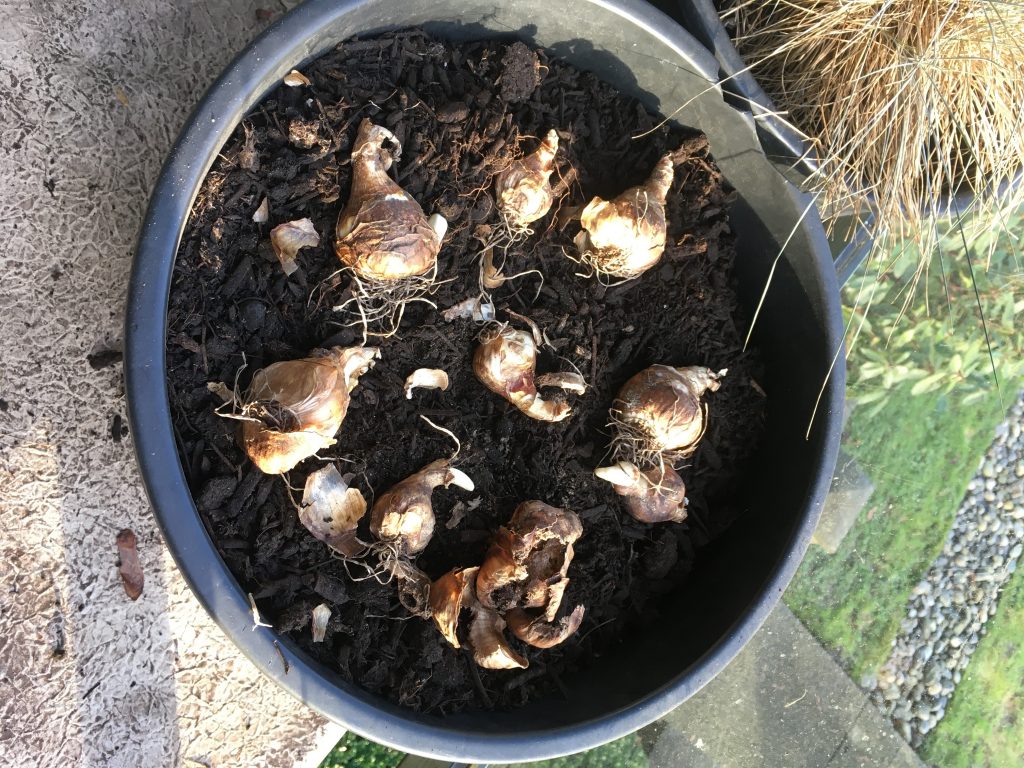
Conclusion
Spring bulbs are easy to plant in late fall and they give us a nice show in spring when gardens start to come alive. Daffodils can be left alone to bloom for several seasons. Just cut them back once they fade and the stalks turn brown.
Don’t be afraid to experiment. Buy different bulbs every fall and try new arrangements. One idea I love is planting tulips with two different heights.
Have some fun with spring flowering bulbs!


